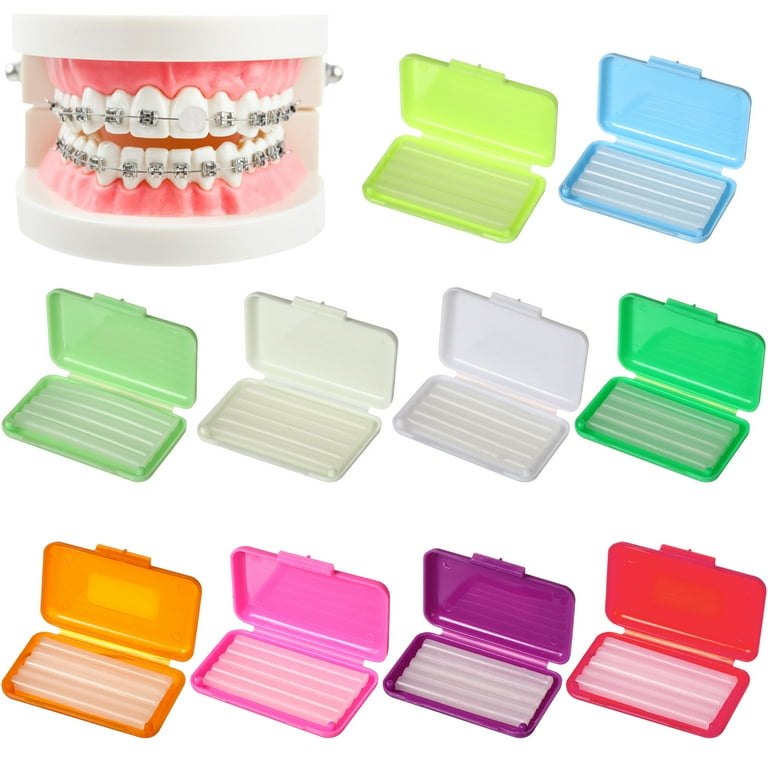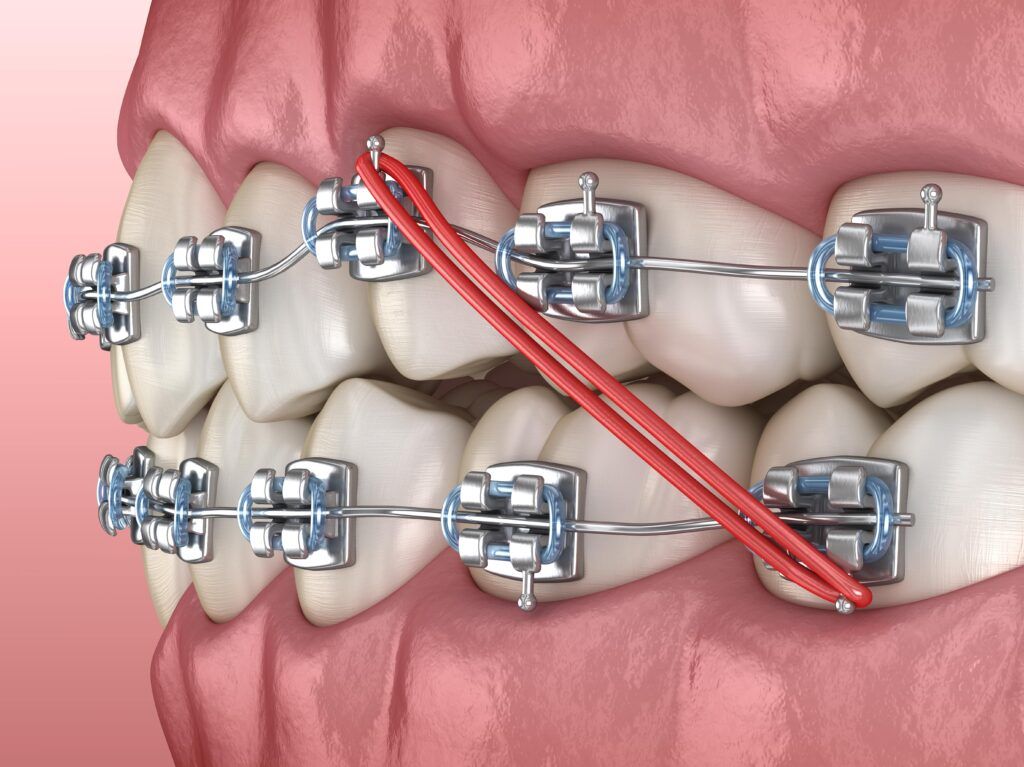Choosing the Best Cumming Orthodontics for Effective Braces and Aligners Solutions
Choosing the Best Cumming Orthodontics for Effective Braces and Aligners Solutions
Blog Article
Comprehensive Overview to Orthodontics Treatments for Dealing With Oral Misalignments
Understanding the details of each treatment, including their mechanisms, benefits, and possible disadvantages, is important in making notified decisions about one's orthodontic treatment. As we browse through the extensive guide to orthodontic treatments for correcting oral misalignments, the intricate information of each technique will certainly unravel, shedding light on the course toward a practical and unified oral alignment.
Orthodontic Procedures Overview

In addition to clear aligners and traditional braces, orthodontists might also recommend other treatments like headgear, palatal expanders, or retainers to address specific alignment problems (cumming orthodontics). These procedures are customized per person's special demands and may involve a combination of therapies to attain the wanted results. Normal adjustments and monitoring are important components of orthodontic treatment to guarantee progression gets on track and to make any needed modifications in the process. By going through orthodontic procedures, clients can not just accomplish a straighter smile however likewise boost their overall oral wellness and feature.
Standard Braces: How They Work
When taking into consideration orthodontic treatments for dental imbalances, traditional braces stick out as a reliable technique for remedying teeth placing. Conventional braces contain braces, cords, and bands that work with each other to apply continual stress on the teeth, progressively relocating them into the wanted placement. The braces are connected to the teeth using an unique adhesive, and the wires are threaded through the braces. By adjusting the tension of the cords, orthodontists can control the direction and pressure related to each tooth, directing them right into proper positioning gradually.
As stress is applied to the teeth with the braces, the bone surrounding the teeth is reshaped to support the new tooth placements. Clients will need normal adjustments at the orthodontist's office to make certain the dental braces proceed to use the correct pressure for efficient teeth activity.
Unseen Aligners: Pros and Disadvantages
These clear, tailor-made trays are practically unseen when put on, making them an appealing alternative for people looking for a more aesthetically pleasing orthodontic treatment. Patients can eliminate the aligners prior to consuming or cleaning their teeth, lowering the risk of food getting stuck in the appliance and streamlining the cleaning procedure.

Surgical Orthodontic Options
Surgical treatments in orthodontics present viable choices for dealing with complex dental misalignments that might not be effectively dealt with via conventional orthodontic therapies. While traditional braces and unnoticeable aligners can fix lots of orthodontic issues, certain instances require surgical intervention to attain ideal outcomes. Surgical orthodontic choices are commonly recommended for severe malocclusions, considerable jaw disparities, and cases where the underlying bone framework needs adjustment to accomplish proper alignment.
One usual medical orthodontic treatment is orthognathic surgical treatment, which includes repositioning the jaws to fix functional problems such as trouble eating or speaking. This surgical procedure is typically performed in partnership with an orthodontist that assists straighten the teeth prior to and after the treatment. Surgical orthodontics may also involve treatments to subject affected teeth, eliminate excess periodontal tissue, or reshape the jawbone to develop a more unified facial account.
Before taking into consideration medical orthodontic choices, individuals go through a thorough evaluation to identify the necessity and potential benefits of such interventions. invisalign. While surgical procedure might seem daunting, it can substantially boost both the feature and appearances of the smile in cases where traditional orthodontic treatments drop short
Retainers and Post-Treatment Treatment

Post-treatment care involves following the orthodontist's instructions diligently. This might consist of appropriate dental hygiene practices, participating in follow-up visits, and putting on the retainers as suggested. Failure to abide by post-treatment care directions can cause relapse, where the teeth progressively relocate back in the direction of their initial settings. Regular retainer wear, excellent dental hygiene, and routine oral examinations are vital for maintaining the results attained via orthodontic surgical treatment and making certain the long-lasting stability of the dealt with oral placement.
Conclusion
To conclude, orthodontic procedures use different choices for correcting dental misalignments. Typical dental braces make use of steel brackets and cords to change teeth right into appropriate positioning. Invisible aligners give a more very discreet alternative but may not be appropriate for all cases. Surgical orthodontic options are readily available for much more extreme misalignments. Retainers are frequently used post-treatment to maintain the new placement. Generally, orthodontic procedures can successfully improve oral wellness and aesthetic look.
As we browse via the extensive overview to orthodontic procedures for remedying oral imbalances, the elaborate information of each approach will certainly unravel, dropping light on the course towards a unified and useful dental alignment. - orthodontist
One more of the most usual orthodontic treatments is the use of braces, which consist of metal braces and wires that apply mild stress to gradually move teeth into the wanted position.When taking into consideration orthodontic therapies for dental misalignments, conventional dental braces stand out as a tried and true technique for remedying teeth placing. Additionally, invisible aligners might not be ideal for intricate orthodontic issues that call for even more significant teeth activity, as they are generally recommended for light to modest instances. Retainers are tailor-made orthodontic tools created to hold teeth in their dealt with positions after the completion of orthodontic therapy.
Report this page